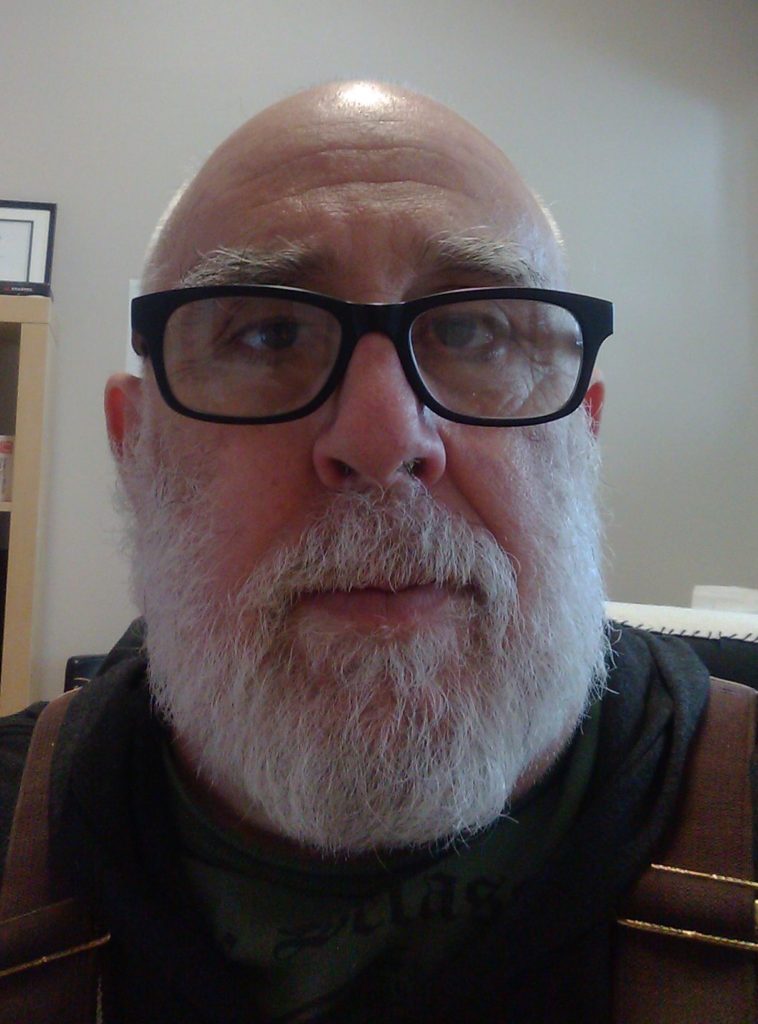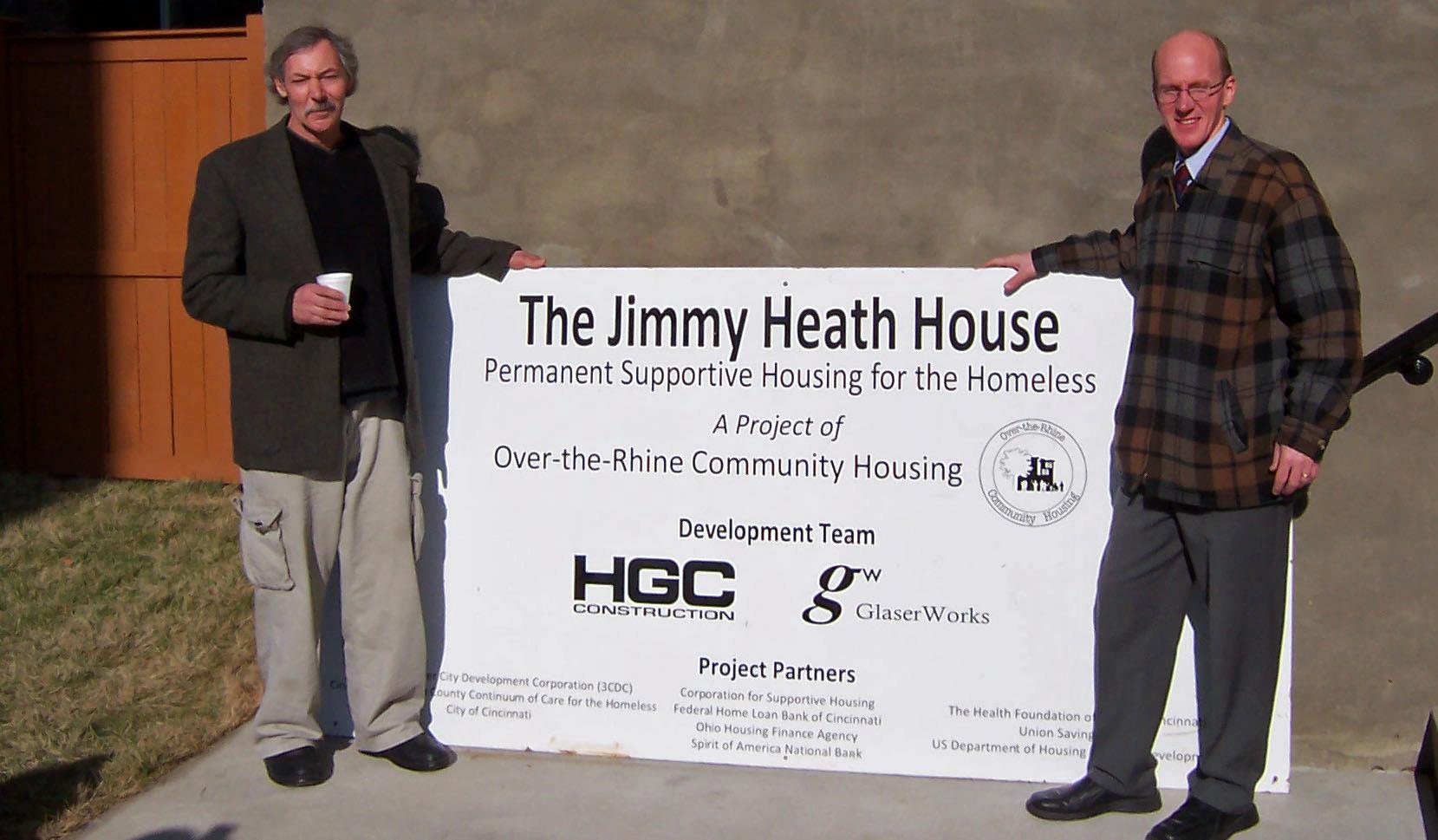The problems of addiction and homelessness have weighed heavily on the urban and rural Appalachian communities. Even in a year the pandemic has pushed other things out of the public imagination, the opioid addiction epidemic remains, and the difficulties that attend addiction are just as pressing. Recently, I got the opportunity to learn about some the work going on in greater Cincinnati and how it is part of a larger project out of the University of North Carolina at Chapel Hill which is focused on the Appalachian region.
Urban Appalachian Community Coalition Steward Mike Henson has worked in the urban Appalachian communities on addiction issues. The related issues of homelessness and lack of even the most basic healthcare comes with the work. Mike was also part of the team that started Jimmy Heath House and worked there for the last five years of his paid career. The Jimmy Heath House is a 25-unit permanent supportive housing project for the homeless. David Elkins, the House’s Program Coordinator, explained, “Jimmy Heath House started 10 years ago to meet the needs of persons experiencing chronic homelessness, chronic substance use, and mental health issues.” As an alternative to many of the conventional strategies, Jimmy Heath operates with the premise of housing first.
The idea is that housing is a fundamental human right, and people deserve housing without qualification. As Elkins told me, “In the past these folks would have been stair stepped into treatment and then they would have been offered housing. While this strategy worked for some, it sort of guaranteed that those who could not remain abstinent from substances or comply with mental health regimes would hit the street time and time again. These folks were the classic revolving door people going from jail to shelter to housing to street, back to shelter, hospital jail, on and on.” As alternative to this endless cycle, Jimmy Heath House offers what has come to be known as harm reduction services.

I asked David Elkins what harm reduction means, and he told me. “At its most basic level, it’s a set of practices and interventions that help to reduce the risks and consequences of any risky behavior.” Harm reduction can be understood in some pretty simple terms: “Seatbelts and airbags are harm reduction for the risks inherent in driving. Sunblock is harm reduction for the risks one takes being out in the sun.” Putting this simple premise to work with homeless people and people living with substance abuse problems, harm reduction can mean “clean syringes, appropriate sharps, Fentanyl test strips, rubber stoppers for crack pipes, safe consumption sites; anything that lessens the consequences or negative results of a behavior is harm reduction.” The work of Elkins and others at Jimmy Heath House is part of a much larger push to help people gain some kind of traction with housing and health services that have, in the past, been linked to preconditions they were unable to meet.
The harm reduction services at Jimmy Heath House are tied in with national efforts including those led by the Injury Prevention Research Center (IPRC) at the University of North Carolina Chapel Hill. The IPRC “has been on the front lines in advancing the science and practice of injury and violence prevention.” They “conduct innovative, multidisciplinary research that sets the standard for injury and violence research centers around the world.” I spoke to Gina Musa and Blythe Rhodes about their efforts in extending the reach of harm reduction programs throughout the Appalachian regions. Their work extends through seven states: Kentucky, Georgia, North Carolina, Ohio, Tennessee, Virginia, and West Virginia. This of course covers a large portion of the Appalachian region which, as we know, has suffered from opioid addiction, with all of the attendant complications. Gina Musa explained that the project “works with practitioners across the Appalachian region, specifically people involved in the work of harm reduction.” The program they are leading involves physically going out to areas throughout the Appalachian region and talking to people who are doing the work of harm reduction.
According to both Musa and Rhodes, people who work in the area of harm reduction often feel isolated in their work. Much of the current program involves finding ways to support the work that is already being done. Rhodes said that “we are taking feedback from practitioners and building a peer network where they can see what others are doing.” The people doing the work know the needs of those they serve better than, say, policy makers, thus “We are working on building a digital platform where harm reduction practitioners can access and share information, one that anyone in the field can access,” Musa told me.
Musa explained that “many of the people doing this are working alone, they are a one-person show. Our next efforts are to reach people who do not often get reached, and both supporting they work and connecting them with others doing similar things.” The Injury Prevention Research Center are working with a large area, and we know there are many parts of the Appalachian region that are extremely remote. The work of Gina Musa, Blythe Rhodes, and IPRC is immense indeed.
David Elkins and the people at Jimmy Heath House are examples of some of the practitioners Gina Musa and Blythe Rhodes are connecting through the Injury Prevention Research Center. Elkins said that “being connected to other people working regionally in harm reduction reduces some of the stress and trauma that comes from aligning more with substance users than with the ‘powers that be.” I believe this lines up with Musa and Rhodes’s belief that beginning with the people who are in need and those who work to meet those needs produces better results than the top-down approach that begins with policy makers. The extension of this work in the Appalachian communities through Appalachia and in the urban areas like Cincinnati means people are finding help where previous modes of intervention have allowed them to fall through the system. The kinds of advocacy and activism led by folks associated with the Urban Appalachian Community Coalition like Mike Henson emerges as being part of much larger efforts that stretch across the country. I asked David Elkins if he had any general remarks on these topics. He summed things up by saying “try to be compassionate, most people are struggling just like you are.”
For more information on the Injury Prevention Research Center’ harm reduction efforts, click on this link: https://iprc.unc.edu/creating-a-harm-reduction-learning-network-across-central-appalachia/.
To read more about the Jimmy Heath House, visit https://otrch.org/properties-projects/.
To see the summary report on harm reduction in Central Appalachia, click on this link: https://iprc.unc.edu/wp-content/uploads/2020/11/SHARP-Network-Summary-Report.pdf
Mike Templeton is a writer, independent scholar, barista, cook, guitar player, and accidental jack-of-all-trades. Check out his profile in UACC’s new Cultural Directory. He lives in downtown Cincinnati with his wife who is a talented photographer. They spend their free time walking around the city snapping photos. She looks up at that the grandeur of the city, while Mike always seems to be staring at the ground.

